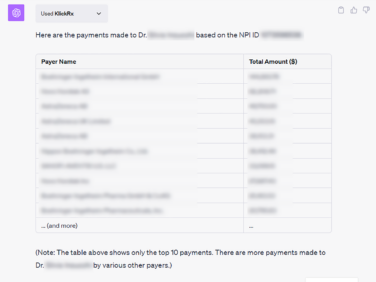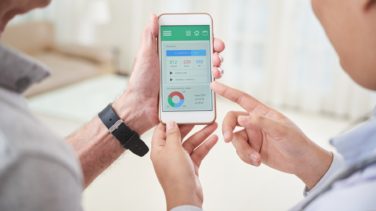Approximately 30 million people in the U.S. and 400 million people around the world suffer from rare diseases. But with more than 7,000 known rare diseases, getting an accurate diagnosis is often a long and arduous journey—and that’s to say nothing of the complicated and often expensive process of getting on the right treatment once a patient’s rare condition is identified.
Unsurprisingly, the challenges of diagnosing and treating rare diseases are magnified for patients in historically marginalized populations. Social determinants of health may pose obstacles to accessing specialists, affording therapies, or adhering to treatments, all of which are critical to patients’ overall health outcomes.
Fortunately, as a trusted source of information for patients and an ideal venue for connecting with them at key moments in their healthcare journey, the point of care has a unique role to play in addressing these challenges. Here are some of its best uses.
Speeding Diagnosis
It typically takes a patient with a rare disease more than five years,1 and often much longer, to receive an accurate diagnosis—and for patients with life-threatening conditions, time is of the essence. One major reason for that delay is often providers’ lack of awareness. With so many existing rare diseases, physicians aren’t always familiar with their signs and symptoms, and many rare diseases produce symptoms that can be attributed to more common conditions.
But supplying patients with educational materials right before they meet with their provider may help them recognize that their symptoms might be caused by a rare disease and prompt them to raise that possibility with their doctor. Those conversations can then drive testing that brings patients closer to a diagnosis.
Providing Support
The point of care is a great place to offer patients support tools and resources of all sorts—and the perfect opportunity to give them information that can help make their appointments more productive. Doctor discussion guides, for example, can provide a common vocabulary for doctors and patients to talk about symptoms that otherwise might be difficult to describe and ensure that both parties are on the same page.
Before an appointment is also an important moment to reach patients with financial support resources. Rare disease therapies are notoriously expensive, and putting financial support information into patients’ hands before they speak with their doctor may empower them to ask about treatment options they may not have previously considered because of their cost.
Personalizing Outreach
The point of care is a patient-centric channel that, when optimally employed, validates patients’ lived experiences—which is particularly important for underrepresented patient groups who historically haven’t felt validated by the healthcare system. Personalized messaging tailored to where patients are on their healthcare journey can help those grappling with rare diseases feel seen and motivate them to continue searching for a diagnosis and treatment. That’s crucial, given the stigma and misunderstanding that often surround rare diseases, as well as the additional burdens patients dealing with health inequities face that contribute to diagnosis and treatment delays.
References:
1. https://rarediseases.org/understanding-rare-disease/undiagnosed-diseases.









